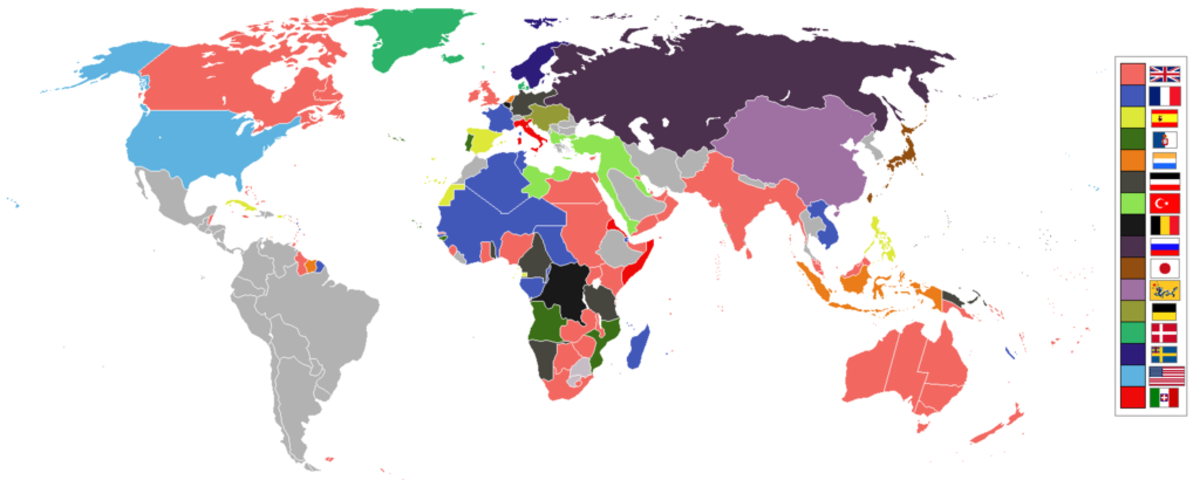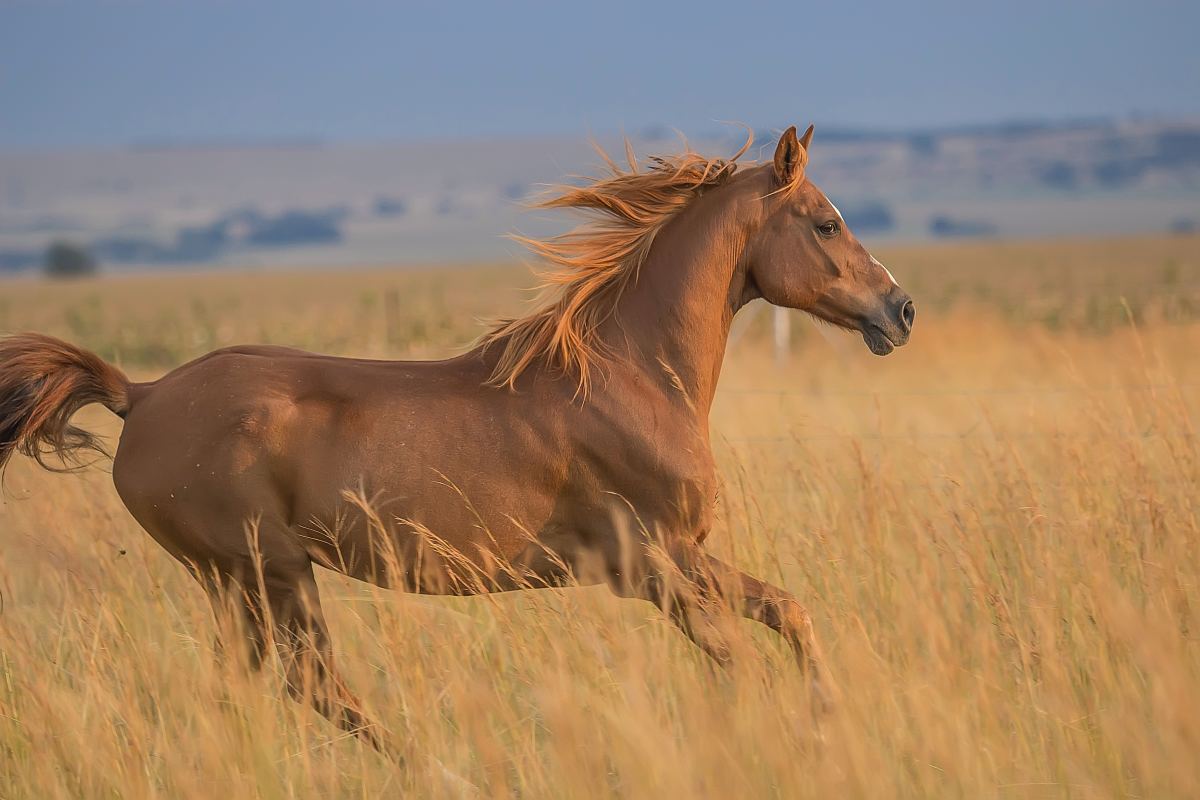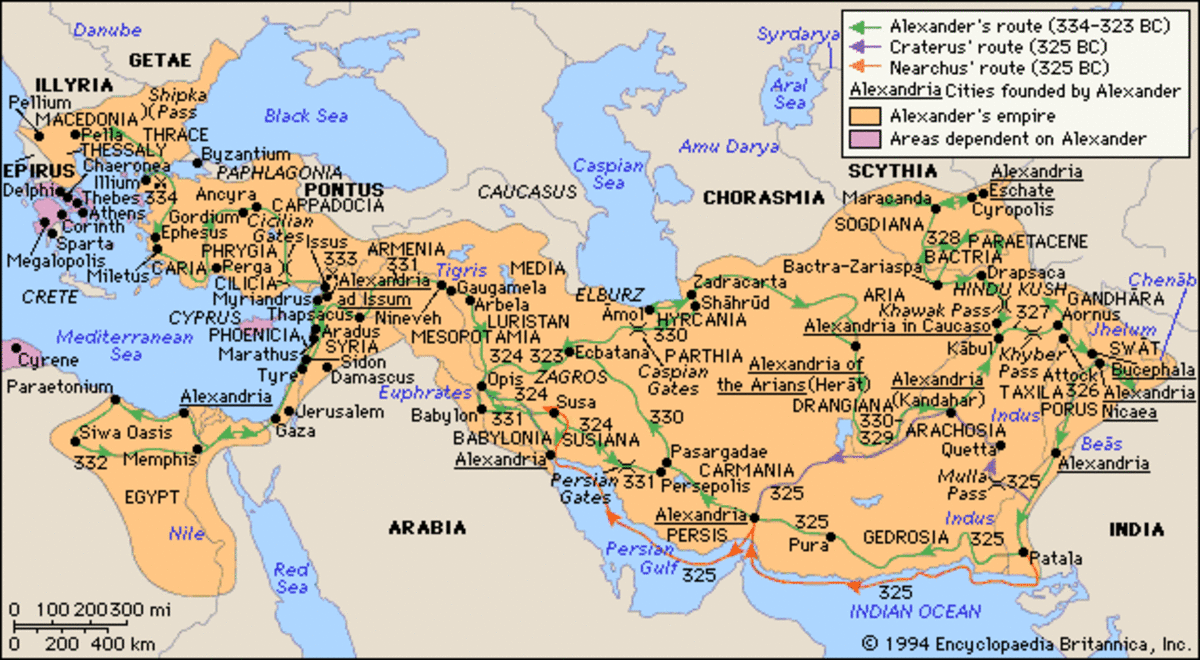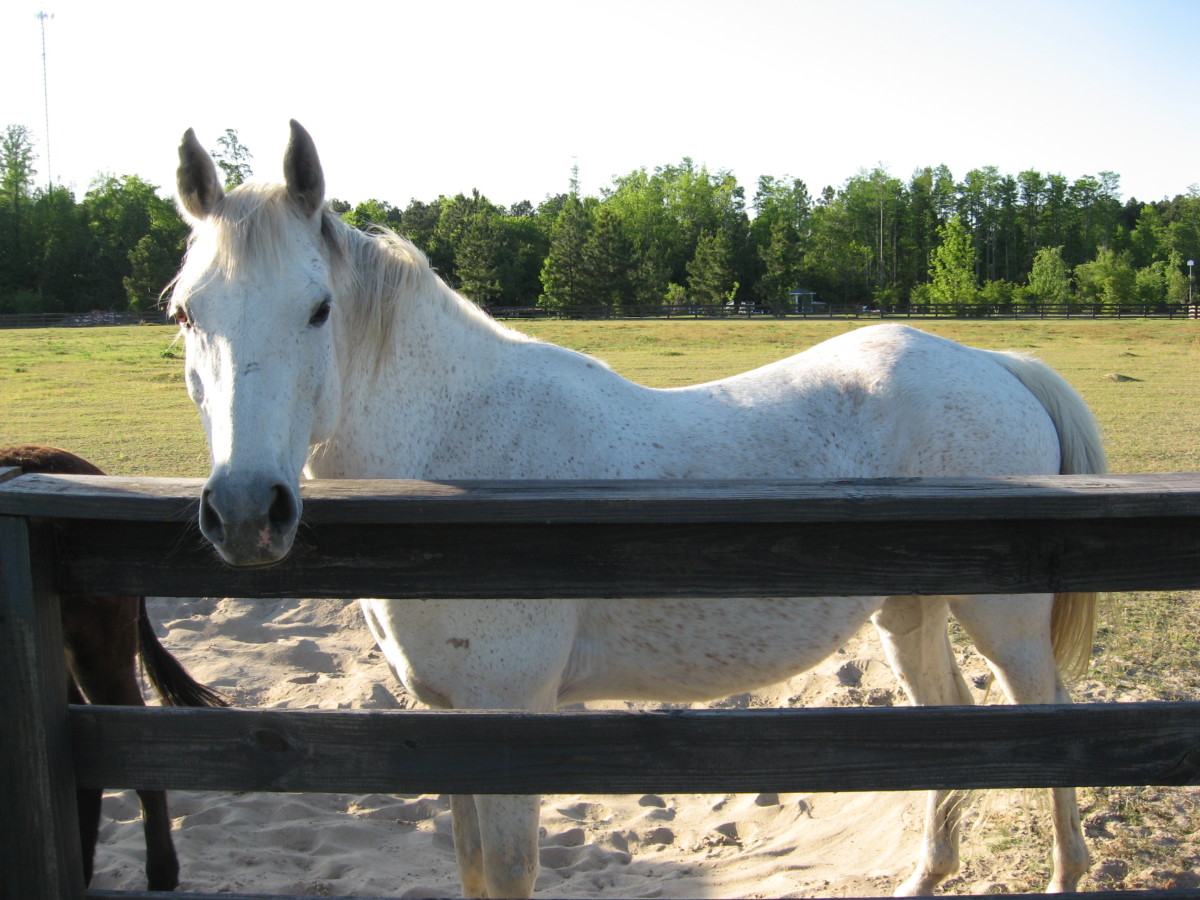Bucephalos the Bad Tempered in Tales from History
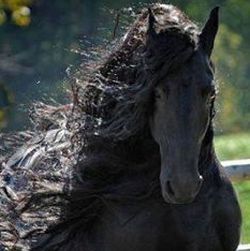
The most famous horse of antiquity
Was there ever a horse like Bucephalos? This magnificent creature, the war horse of Alexander the Great, carried his owner across the known world from victory to victory.
Bucephalos was as black as a crow's wing at midnight in mid-winter. He was eighteen hands high, with a long powerful neck, proud majestic head and was admired for his strength and beauty by all who saw him.
Ah yes, he was known across the battlefields as a magnificent horse, a horse of great courage and great strength.
What is less known, however, is that Bucephalos was a cantankerous nag.
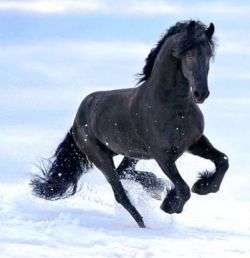
Alexander meets Bucephalos
"Macedonia is too small for you"
It was at Dion, in the narrow pass between Thessaly and Macedonia, that Alexander, then only 8 years old, first saw the handsome black stallion.
Philoneicus, a horse-trader, brought the horse to sell to Philip II but, as the animal behaved wildly and would allow no one near him, the King was mightily angry. Alexander openly challenged his father and wagered that he could tame the difficult horse.
Alexander quieted the animal, turning him so that he could not see his shadow, leaped up, and galloped away.
When the young prince returned from his ride, Philip said, "My son, look for a kingdom equal to you. Macedonia is too small".
And that was how this great steed became the legendary warhorse of Alexander the Great, Conqueror of the Known World.
.....first let me talk of Alexander, who tamed the horse and conquered the world.
Alexander the Great, Conqueror of the Known World - He was never defeated
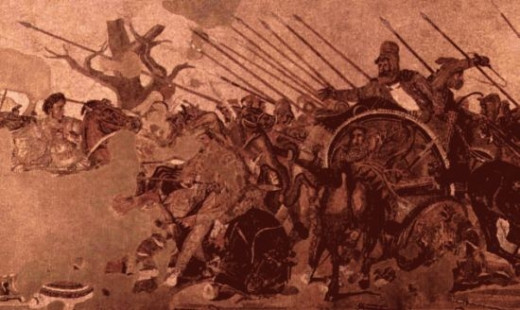
Alexander single-handedly changed the nature of the ancient world in little more than a decade.
Against overwhelming odds, he led his army to victories across the Persian territories of Asia Minor, Syria and Egypt without suffering a single defeat.
His greatest victory was at the Battle of Gaugamela, in what is now northern Iraq, in 331 BCE
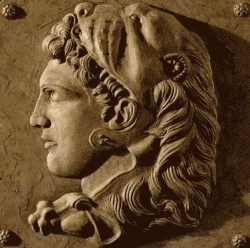
An Empire of two million square miles.
The young king of Macedonia, leader of the Greeks, overlord of Asia Minor and pharaoh of Egypt became Great King of Persia at the age of 25.
Over the next eight years Alexander led his army a further 11,000 miles, founded over 70 cities and created an empire that stretched across three continents and covered around two million square miles.
The entire area from Greece in the west, north to the Danube, south into Egypt and as far to the east as the Indian Punjab, was linked together in a vast international network of trade and commerce. This was united by a common Greek language and culture, whilst the king himself adopted foreign customs in order to rule his millions of ethnically diverse subjects.
Alexander died of a high fever, after a 3 day alcoholic binge, in Babylon in June 323 BCE. He was just thirty three years old.
Alexander's Empire
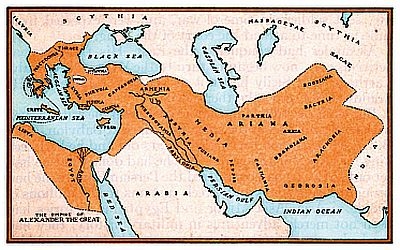
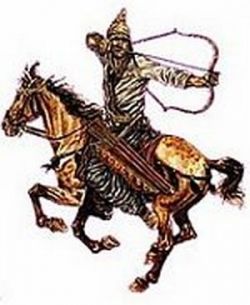
The shock cavalry of antiquity
Alexander's Companion Cavalrymen were the elite arm of the Macedonian army, and have been regarded as the best cavalry in the ancient world.
Divided into eight squadrons, each 200 men strong, each man equipped with a 3 metre spear, the Companions were the first real shock cavalry of antiquity.
Cavalry were an important part of almost every ancient army.
In Egypt, Ramses II commanded some cavalry and the ancient Persians were known for their mounted archers, but Alexander the Great employed his mounted Macedonians in skillful and fierce manoeuvres which were still being applied in the Great War of 1914-18.
The term cavalry is still applied in modern warfare although the traditional mounted unit of troops has given way to light tanks and armoured reconnaissance vehicles.
Bucephalos means Ox Head
The name of Alexander's horse
Alexander named his horse Bucephalos, meaning "ox-head". Bucephalus was most likely an arab, or part arab, and 'ox-head' would refer to the large, broad forehead and slightly concave profile which is characteristic of arab horses. Bucephalus, we are told, is of the best Thessalonian strain, horses which were known in Alexander's time to be part arab.
However, it may also have referred to his obstinate and spiteful character. We have already seen that he was so unruly that he couldn't be ridden. But there is worse to come .....
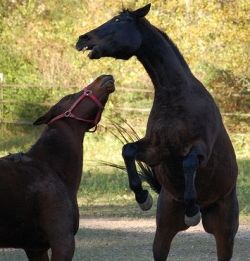
Bad Behaviour by Bucephalos
Caring for him became a task of fear
Bucephalos was an impressive and majestic creature but his behaviour left a lot to be desired. He was the Royal Favourite and he knew it.
No other horses could be grazed with him for fear of a fight, and many were the tales from the grooms and stablehands of his ill humour. Caring for Bucephalos became a task of fear. Scores of grooms were attacked and one, a Persian boy with long experience in the stables at Susa, was fatally kicked in the chest.
The common soldiers avoided the horse for fear of a sudden swift kick from a powerful hoof or a savage bite from those long teeth.
No one dared to complain of course, everyone knew how devoted Alexander was to his equine companion.
Bucephalos is mysteriously missing
Was hes stolen or kidnapped?
One day, while the Macedonian army was camped near the Swat River, some Bactrians stole Bucephalos.
Alexander swore that if his horse were not returned unharmed the next day, all villages within a 50 mile radius would be put to the torch, the men killed, the women and children taken into slavery.
Bucephalos reappeared the next morning, hungry and disheveled, but otherwise his old nasty self.
The mystery of his disappearance was never solved but thousands of innocent villagers were spared from a violent death.
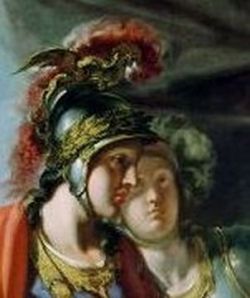
Alexander Mourns Bucephalos
A city is built to the memory of a horse
The detestable Bucephalus finally died shortly after the battle at the Hydaspes River during Alexander's Indian campaign in what is now modern Pakistan.
Bycephalus was between the ages of 28 to 30, a good age for a horse even today. He is buried in Jalalpur Sharif outside of Jhelum, Pakistan. Alexander wept at the burial but there was quiet rejoicing all over the Macedonian camp.
Alexander built the city of Bucephala, now in Afghanistan, to commemorate the deeds of arguably the most famous horse of antiquity.
He was the only one who missed Bucepalos.
A War Horse Battle Charge
Filmed on location outside of Ulanbaatar, Mongolia. This cavalry charge recreates a battle victory by Ghengis Khan.
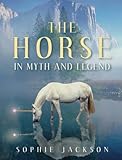
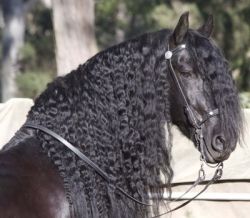
Friesian Horses
In the 2004 film, Alexander, Bucephalos was played by a Friesian.
The Friesian breed of horse from Friesland, in the Netherlands, is a light draft horse which is particularly graceful and nimble for its size. It's also a large, lovely and friendly horse used much in circuses.
Ancestors of Friesian horses were in great demand as war horses throughout continental Europe and throughout the Early Middle and High Middle Ages, their size enabled them to carry a knight in armour.
Beautiful Friesians on Video
Is there a lovelier horse than the Freisian?
How about you?
Have you heard of Bucephalus before today?
© 2008 Susanna Duffy


